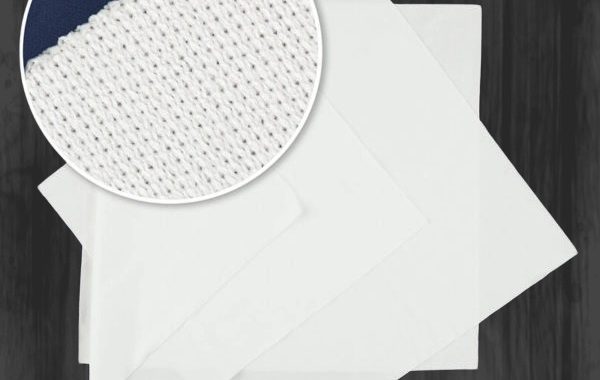Maintaining cleanliness in Class 100 cleanrooms is critical to prevent contamination of sensitive processes and equipment. Proper cleaning practices ensure that surfaces, instruments, and tools remain free from dust, particles, and residues, protecting product quality and operational efficiency.
Key Features:
-
Lint-Free and Non-Abrasive Materials: Use cleanroom-approved wipes and cloths that do not shed fibers, preventing contamination or scratches on delicate equipment.
-
Antistatic Protection: Employ antistatic wipes or tools to reduce electrostatic discharge (ESD) risks, safeguarding electronic components.
-
High Absorbency and Solvent Compatibility: Select wipes that can absorb cleaning solutions such as IPA or deionized water while maintaining structural integrity.
-
Controlled Cleaning Protocols: Standardized wiping techniques, solution application, and inspection ensure consistent and effective cleaning outcomes.
Best Practices:
-
Preparation: Wear proper cleanroom garments and gloves. Select appropriate wipes, solutions, and tools based on equipment and contamination risks.
-
Cleaning Technique: Use unidirectional wiping motions and avoid circular movements to prevent particle redistribution. Replace wipes when saturated or contaminated.
-
Surface Coverage: Systematically clean from top to bottom and from clean areas to potentially contaminated zones, ensuring no surface is missed.
-
Post-Cleaning Verification: Inspect surfaces visually or using particle counters to ensure cleanliness meets Class 100 standards. Dispose of used wipes according to cleanroom protocols.
Applications:
-
Semiconductor and Electronics Equipment: Protect sensitive circuit boards, wafers, and testing devices from particles and ESD.
-
Optical Instruments: Clean lenses, mirrors, and microscopes to maintain precision and clarity.
-
Laboratory Equipment: Ensure benches, instruments, and tools are free from contamination for accurate experiments.
-
Pharmaceutical Manufacturing: Maintain sterile and particle-free surfaces in production areas.
Benefits:
-
Prevents Contamination: Minimizes dust, residue, and particle presence in high-sensitivity environments.
-
Protects Equipment: Non-abrasive and antistatic wipes prevent damage to delicate instruments.
-
Improves Process Reliability: Consistent cleaning protocols maintain cleanroom standards and operational efficiency.
